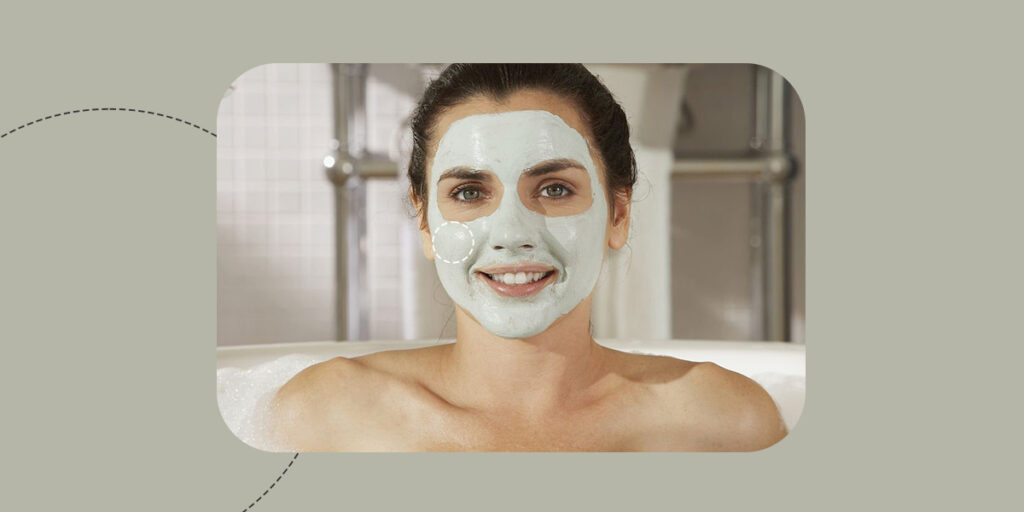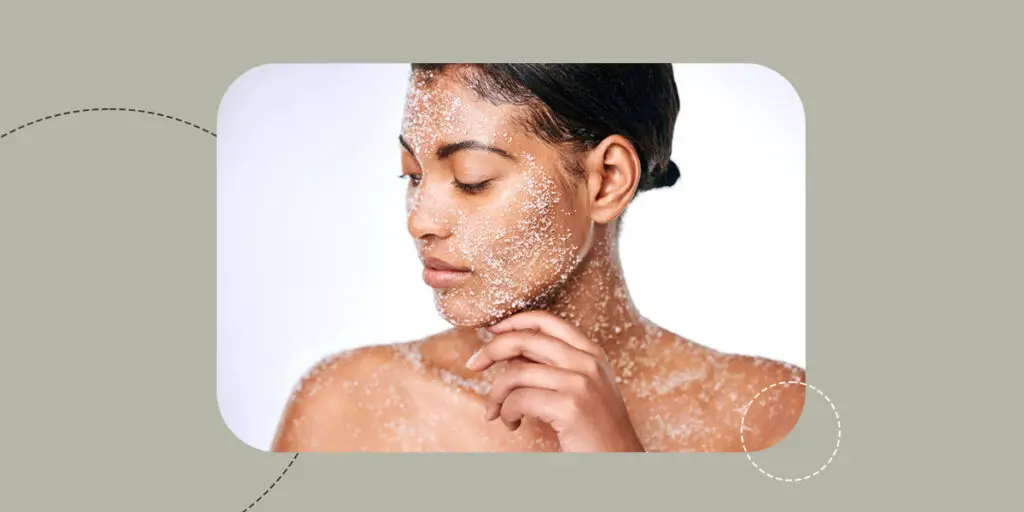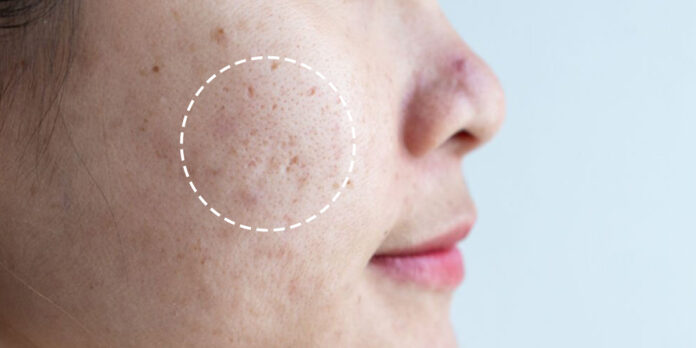Those tiny bumps you get on your skin that appear kind of like whiteheads or blackheads are actually solidified oil plugs known as sebum plugs. Sebum is the natural oil produced by our skin’s sebaceous glands to keep the skin lubricated and protected. But when excess sebum combines with dead skin cells and debris, it can clog pores and form hardened plugs. Learning what causes sebum plugs and how to extract them safely can help achieve and retain clear, healthy skin.
What Causes Sebum Plugs?
Overproduction of Sebum
Sebaceous glands work overtime producing excess sebum in response to hormonal changes, stress, humidity, and improper skin cleansing. This overwhelms pores and leads to congestion. Sebum buildup is common during puberty when hormones rapidly spike. Adults may also experience increased sebum production at different times leading to issues like keratin plugs and sebum plugs.
Clogged Pores
Pores become clogged when sebum and dead skin cells accumulate. The opening to the pore gets blocked. Sebum continues being secreted and can’t escape, causing a hardened mass to form. Clogged pores provide the perfect environment for sebum plugs to develop.
Bacteria
The Propionibacterium acnes bacteria thrives inside clogged pores filled with sebum. As the bacteria multiples, inflammation occurs which enlarges the trapped sebum plug. This bacteria is associated with breakouts.
Where Do Sebum Plugs Typically Form?
Sebum plugs can develop anywhere on the skin but are most prevalent in greasy areas with lots of sebaceous glands like the nose, chin and forehead. The face, back, chest and shoulders are prime spots for clogged pores and sebum buildup. Within follicles, sebum plugs appear similar to whiteheads. On the surface, they resemble blackheads with oxidized tips.
Are Sebum Plugs Harmful?
Sebum plugs themselves are usually harmless. In fact, sebum benefits skin health by locking in moisture and protecting against toxins and bacteria. But excess sebum production can lead to clogged pores, breakouts and inflammation. Hardened sebum plugs signal overactive sebaceous glands.
If pores remain congested with debris and bacteria, more severe inflammatory acne lesions can develop like papules, pustules and nodules. That’s why it’s important to safely extract hardened sebum plugs before they progress.
Tips for Safely Removing Sebum Plugs
Use a Clay Mask

Clay masks help lift dirt, oils and impurities from pores while absorbing excess sebum. Apply a thin layer of clay mask to areas prone to congestion and allow to dry for 5-10 minutes before rinsing. Kaolin and bentonite clays work well. Use a clay mask once or twice a week.
Exfoliate Regularly
Gently sloughing off dead skin cells through exfoliation helps dislodge debris within pores to clear sebum buildup. Use a soft washcloth, scrub brush or chemical exfoliant like glycolic acid. Be sure to moisturize after exfoliating to avoid dryness. Exfoliate problem areas 2-3 times a week maximum.
Steam Face
A facial steam opens pores and softens sebum plugs. Lean over a basin of hot water draped with a towel and breathe in the steam for 5-10 minutes. Then use a warm, damp washcloth to gently press and remove loosened sebum. Steam 1-2 times per week.
Use a Pore Strips
Pore strips provide an easy way to lift out sebum plugs. Press a nose strip onto clean skin and let the adhesive dry. Then quickly rip it off to extract clogged material within pores. Limit strips to once a week to avoid damaging skin.
See an Esthetician
Estheticians are professionally trained to safely remove sebum plugs using steam, chemical exfoliants and extraction tools. Never try to pick at sebum plugs on your own. Seeking professional extractions helps avoid scarring and further infection. Get regular facials every 4 weeks or as needed.
Don’ts for Sebum Plugs
Squeezing
Popping or squeezing at sebum plugs forces debris deeper into pores causing trauma. This can lead to scarring and pitted skin texture. Never attempt to squeeze out a sebum plug on your own. Seek professional help.
Scrubbing

Harsh, abrasive scrubs damage skin and rupture pores causing inflammation. Stick to soft cloth exfoliants instead. Walnut shells and jagged scrubs should be avoided, especially on active breakouts.
Hot Water
Hot showers strip skin of moisture leading to increased oil production and congested pores. Keep water lukewarm and limit showers to 5-10 minutes. End with a cool rinse to close pores.
Multitasking
Rubbing or picking at your skin while doing other tasks almost always results in irritation and trauma. Stay focused during your cleansing and exfoliating routine for safest results.
Over-Cleansing
Excessive washing dries skin out, triggering sebaceous glands to produce more oil. Stick to washing problem areas just twice a day and rinsing with water otherwise. Your skin’s oil levels will balance out.
Preventing and safely removing sebum plugs helps keep pores clear. Utilize clay masks, exfoliating and steaming to minimize congestion. Then see an esthetician for professional extraction of hardened sebum deposits. With a consistent skin care routine, you can control sebum overproduction and enjoy clear, fresh skin.

